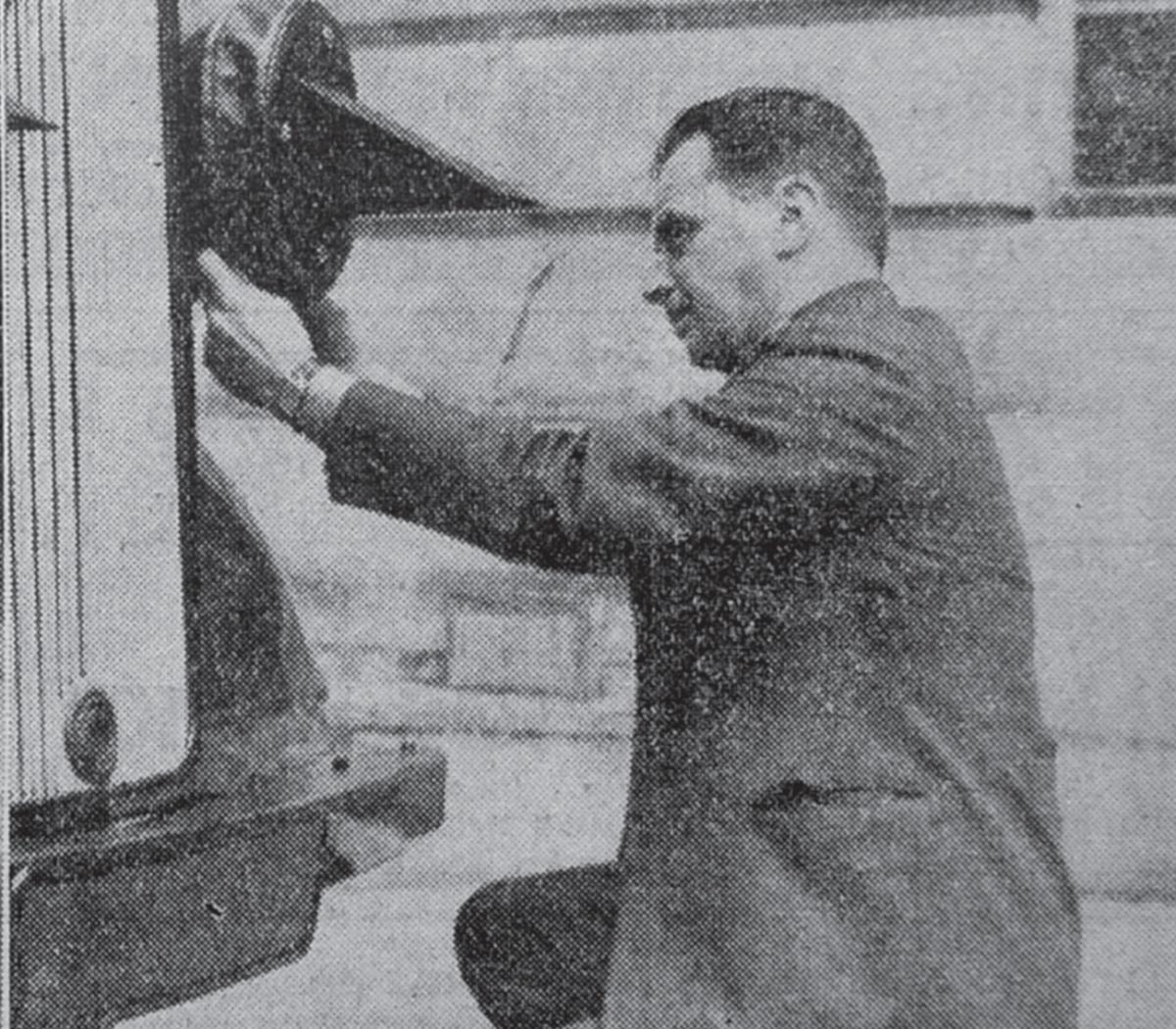As Southampton basks in the radiant glow of Christmas lights, transforming the city into a dazzling winter wonderland, the Echo takes a moment to reflect on a time when the streets were cloaked in darkness.
While the storm clouds of the Second World War were gathering ominously over Europe, Britain braced itself for the inevitable.
In the face of growing unease over events in Germany, the government embarked on a series of unprecedented exercises in 1937 to prepare the nation for the looming conflict.
Southampton, with its strategic port and vital industrial infrastructure, was chosen as the stage for a groundbreaking "black-out" exercise, the first of its kind in the country.
The significance of this operation was underscored by the presence of high-ranking officials, including the Home Secretary, Sir Samuel Hoare, and a contingent of representatives from Whitehall. Their mission; to assess the effectiveness of anti-air raid precautions in the face of a simulated enemy attack.
As the clock struck midnight on that fateful July night, Southampton was plunged into an eerie darkness.

The town's vibrant lifeblood, its bustling streets and illuminated homes, were replaced by an unsettling stillness.
The Daily Echo, in its pre-exercise briefing, urged residents to embrace the darkness, emphasising the importance of absolute compliance.
"Southampton will be a town of absolute darkness," the newspaper declared. "Elaborate arrangements have been made to ensure that the town is completely blacked out."
Every household was instructed to extinguish all lights, ensuring not even a glimmer escaped through windows or doorways.
The streets, normally teeming with activity, were deserted, save for official vehicles equipped with specially covered lamps.
Even the Southern Railway and the Southampton Harbour Board joined the effort, extinguishing warning lights and buoys in and around the docks, transforming the familiar cityscape into an unrecognisable silhouette.
The Daily Echo, in its bid to quell any potential anxieties, assured its readers that there was nothing to fear.

"The public are earnestly requested to remain indoors for the three hours when the 'raid' is on," the newspaper pleaded.
"Absolute darkness will prevent them from seeing anything, and actually, there will be nothing to see."
However, behind the veil of darkness, a carefully orchestrated spectacle was unfolding.
A combination of fireworks, industrial chemicals, bleach powder, and lime were deployed to mimic the terrifying sight of bombs raining down on the town.
More than 33 air raid warden posts and a force of nearly 800 personnel were mobilised, their movements guided by the dim glow of torches and the hushed whispers of commands.
The exercise was not merely a test of lights-out compliance; it was a comprehensive examination of Southampton's defences.
The Home Secretary and his entourage watched intently as the town's emergency response unfolded.
Alongside them, the local chief constable, ambulance coordinator, and senior fire officers observed the proceedings, evaluating the city's preparedness for the grim reality of war.
Southampton's black-out exercise was a dress rehearsal for a conflict that would soon engulf the world. It was a night of eerie silence, punctuated by the simulated sounds of explosions and the hurried movements of emergency responders. It was a night that etched itself into the town's memory, a stark reminder of the sacrifices that lay ahead.







Comments: Our rules
We want our comments to be a lively and valuable part of our community - a place where readers can debate and engage with the most important local issues. The ability to comment on our stories is a privilege, not a right, however, and that privilege may be withdrawn if it is abused or misused.
Please report any comments that break our rules.
Read the rules hereLast Updated:
Report this comment Cancel